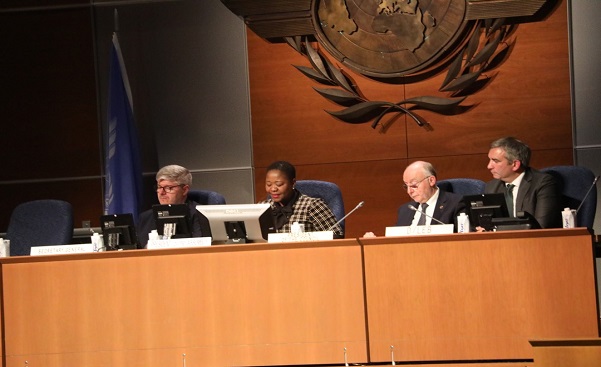At the 41st ICAO Assembly, which closed yesterday, State aviation regulators reached a number of landmark agreements and decisions that will enable them to enhance the safety and efficiency of the international air transport system.
In particular, States endorsed the latest editions of ICAO’s Global Aviation Safety Plan (GASP) and Global Air Navigation Plan (GANP). These important strategic plans guide States cooperation and actions on the basis of global aviation targets and technology roadmaps, enabling aligned worldwide progress on key priorities and challenges.
“The endorsement of the latest editions of ICAO’s GASP and GANP will bring the aviation community together around common targets and pathways to achieve an agile, safe, secure, sustainable, high-performing and interoperable global air transport system,” remarked ICAO Council President Salvatore Sciacchitano.
 “I am particularly encouraged that the cyber resilience of safety critical systems is a key priority in the next edition of the GANP,” he emphasized.
“I am particularly encouraged that the cyber resilience of safety critical systems is a key priority in the next edition of the GANP,” he emphasized.
The Council President also noted the adoption of the Safety recommendations that had resulted from ICAO’s High-level Conference on COVID-19 held in October 2021, and the endorsement of the evolution of ICAO’s Universal Safety Oversight Audit Programme (USOAP).
The Assembly also endorsed the new ICAO Implementation Support Policy which will enhance efforts to assist States to implement the international standards contained in the nineteen Annexes to the Convention on International Civil Aviation.
The 184 States and 57 international and regional organizations participating in the 41st Assembly also agreed that regional aviation safety organizations and accident investigation bodies should be better supported through more sustainable funding and legal frameworks. This cooperation is seen as fundamental to enabling cost-effective ICAO compliance for many countries, improving local and regional oversight, and the realization of air transport’s socio-economic benefits for civil societies.

